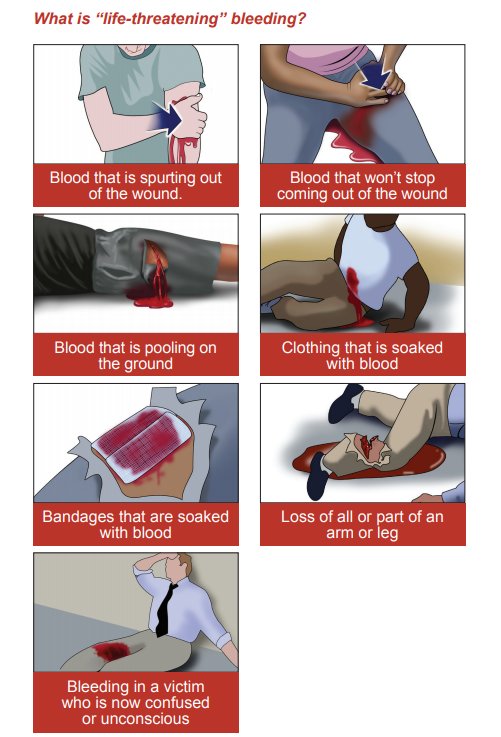I'm going to try something new: teaching a BCon class via Twitter. #NSTBD18
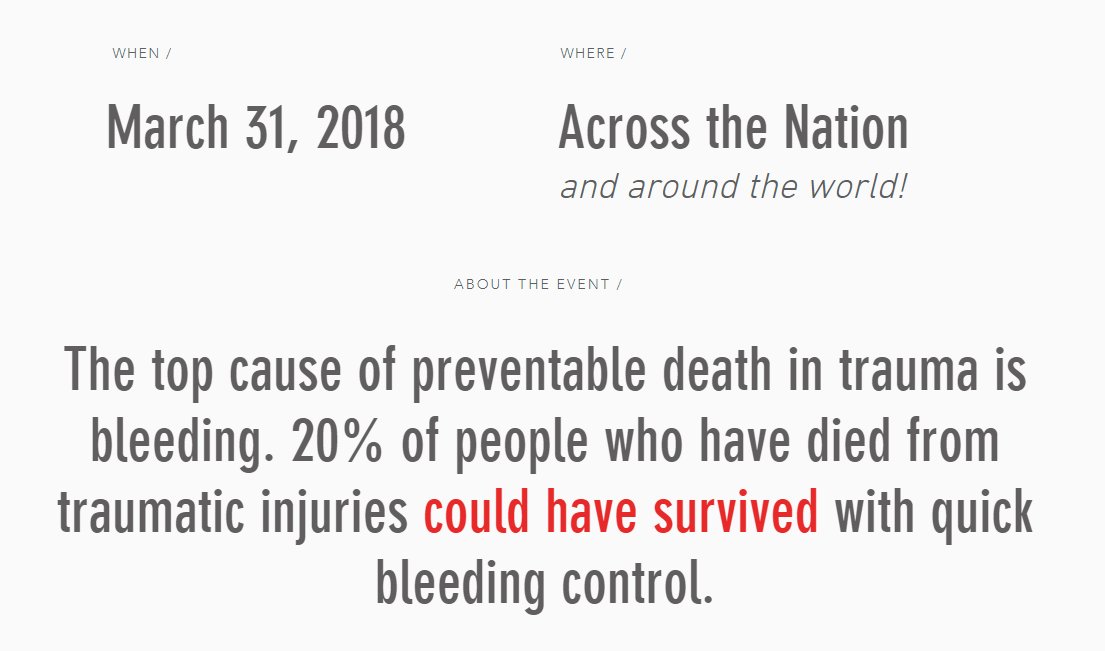
And I'm certified by the American College of Surgeons' Committee on Trauma to teach basic bleeding control.
But you're more likely to need to use bleeding control at a car accident or tripping and hitting your head than at a shooting
CPR is not the right skill for a trauma scenario. Bleeding control is. So let's learn about it.
#NSTBD18
Of the 147,000 trauma deaths in 2014, 30,000 might have survived with appropriate care, primarily control of bleeding
#NSTBD18
As you lose blood volume, you start down the road of exsanguination - fatal blood loss.
You can die of blood loss in as little as 2-3 minutes
#NSTBD18
First, ensure your own safety. Is it safe to step in?
Second, follow the ABCs:
A: Alert 9-1-1
B: Bleeding: Find/expose the bleeding injury
C: Compress: apply pressure to stop the bleeding.
#NSTBD18
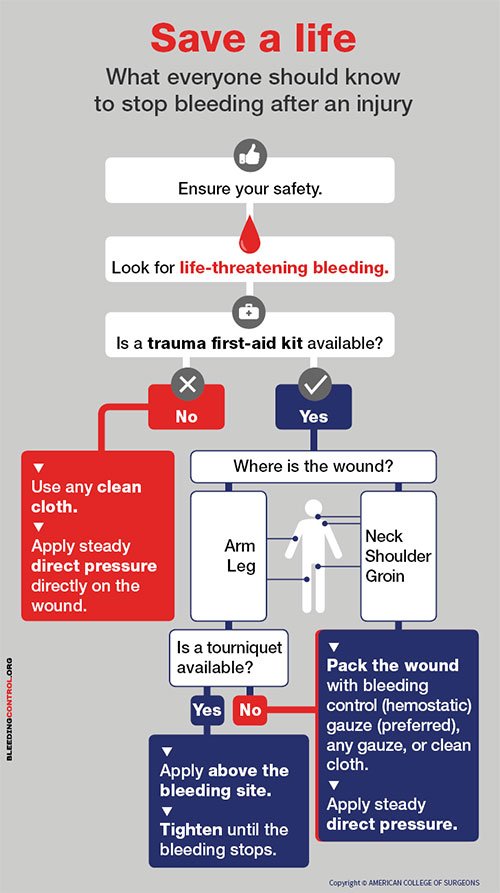
If your safety is threatened, attempt to remove yourself (and victim if possible) from danger
If you have gloves, don them.
#NSTBD18
Without a trauma first aid kit, the best practice is called 'Direct Pressure' #NSTBD18
I carry a CAT (combat application tourniquet) in my backpack.
Here's a video on how to use one:
1. Tighten the strap of a tourniquet above the wound.
2. Twist the rod until the bleeding stops
3. Secure the windlass
4. Note when the tourniquet was applied
#NSTBD18
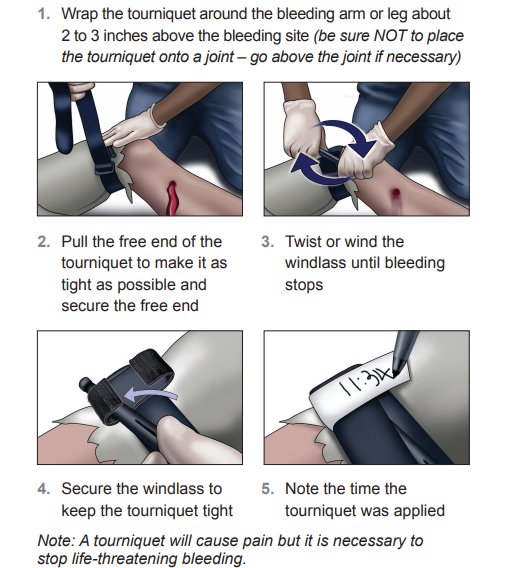
Stuff the wound with bleeding control gauze (aka hemostatic gauze) or clean cloth. The apply downward pressure with both hands.
#NSTBD18
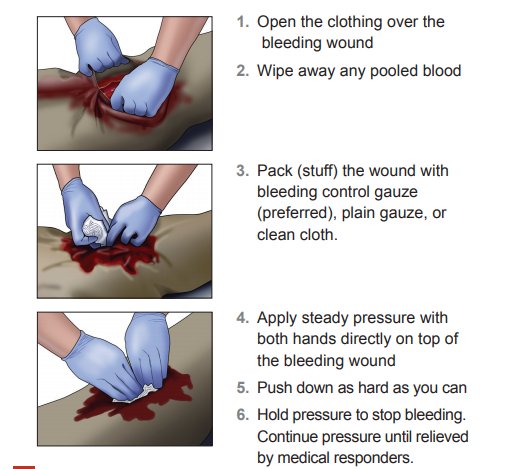
#NSTBD18
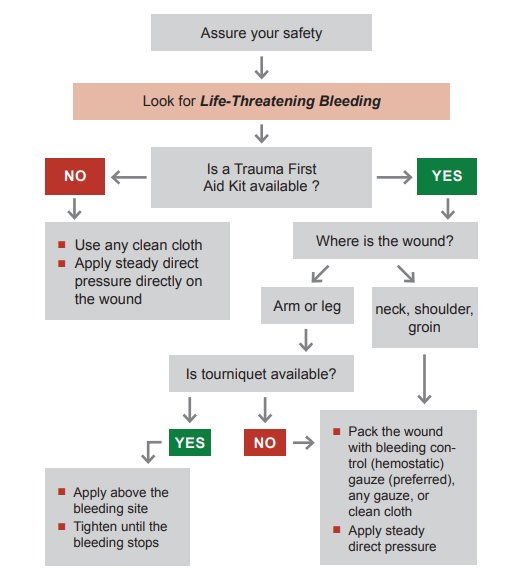
Reading these tweets is just a start. But I hope it has been interesting to you -- and maybe even a little helpful. #NSTBD18
Find out where you can get a FREE bleeding control class here: bleedingcontrol.org/march31
// END
